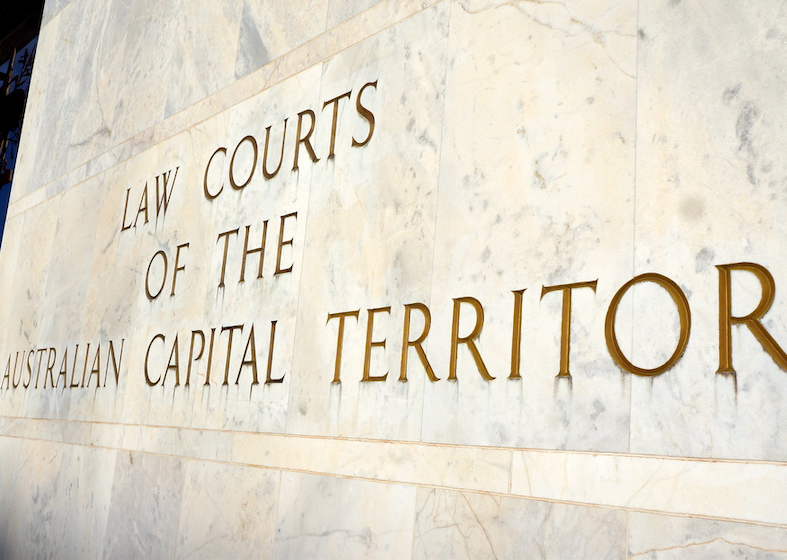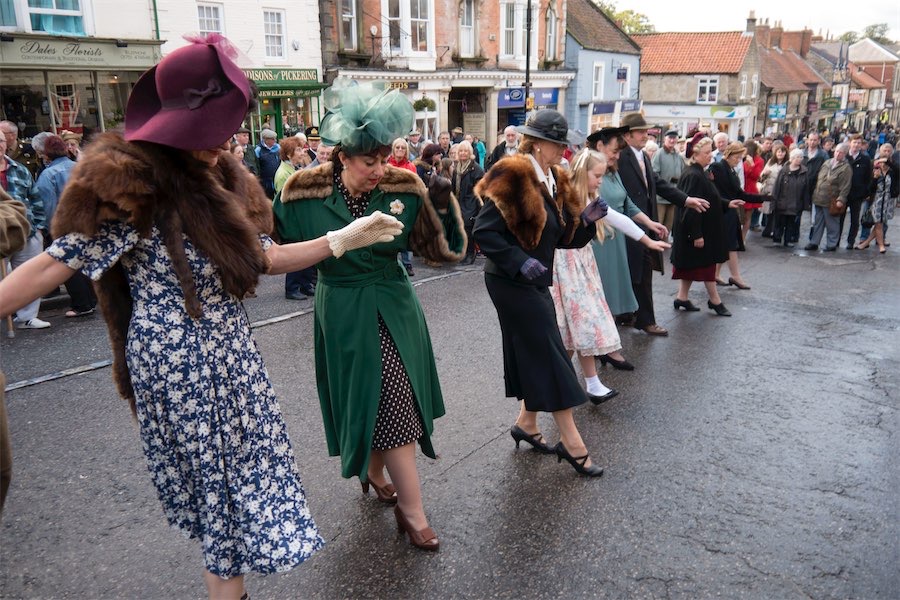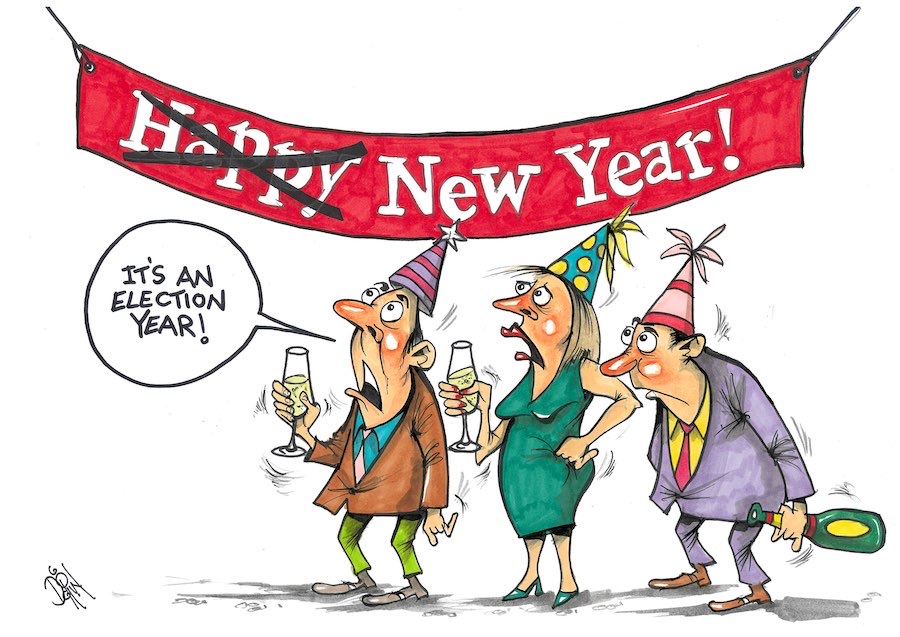
Legal columnist HUGH SELBY answers a reader’s question about how judges come to give discounts on sentences for a serious crimes.
FOLLOWING the recent sentencing in NSW of a young man whose errant driving when 18 left him alive but five, younger teenage passengers dead, a reader penned the following to the editor:
A terrible and tragic event for the deceased and their families… Very sad. I… would appreciate if our columnist could explain:
[One bereaved] father said the judge was guided by legislation and he was not surprised by the seven-year minimum sentence after talking to victim-support groups.
No doubt there is a lot to say here, but how and what legislation resulted in the sentencing we saw handed down?
Furthermore, how does pleading guilty to five counts grant a 25 per cent sentence reduction? – when proving that guilt is a given. Why is that ‘entitlement’ even offered?
Prompting those concerns was the report of the sentencing and the background.
The purpose of this article is to explore the challenges for any sentencing judicial officer and show how it is impossible to satisfy everyone’s needs and wants. This case provides a good, if tragic, example.
First responses
First responders and police attending at a serious motor incident are first concerned with possible life saving and then with preserving the scene to gather evidence that explains what happened.
That explanation may have many factors; for example, mechanical failure, road defect, freak weather, a health incident, poor training.
The collected evidence may lead to a reasonable belief that one or more actors broke the law and that such breach contributed to any fatalities.
In this case a P-plate driver exceeded the speed limits, drove on the wrong side of the road, lost control, crashed the utility dual cab into a tree. His actions – for which he alone has responsibility – caused the deaths of others.
The police charged him with causing those deaths.
Early plea of guilty
Following legal advice he pleaded guilty at an early opportunity. To encourage pleas of guilty generally, and as early as possible, there is a sentencing discount which starts at around 25 per cent and reduces to zero if there is a contested trial.
We all benefit from early pleas. The community is saved the expense of trials. Survivors can express their sorrow earlier and move forward. The accused is “rewarded” for their right thinking.
Preparations for the sentencing hearing
In serious cases, such as this one, once a plea of guilty is formally made in open court there are preparations by both sides for the sentencing hearing.
The prosecution prepares a statement of the relevant facts. The court orders a “pre-sentence” report about the offender. The report writer interviews the offender, may interview others, and collects background material.
The offender’s lawyers may gather “evidence of the character” of their client from colleagues, employers, coaches. They may also arrange an additional psychiatric/psychologist report about their client if they believe that the “pre-sentence report” will not be sufficient.
The prosecution and the defence discuss the contents of the “relevant facts” statement. If agreement cannot be reached one or more witnesses may be called at the sentencing hearing to give evidence about disputed facts.
Meanwhile, those closest to the deceased may prepare victim impact statements with the help of the Victims Office.
What formally guides the judge?
The sentencing options open to the judicial officer reflect principles set out in sentencing law passed by a Parliament/ Legislative Assembly, together with appellate decisions from the Appeal Division of the Supreme Court.
In NSW (where this tragedy occurred) there are some “guideline judgments” from the Court of Criminal Appeal directed at specific offences.
Both prosecution and defence will research similar cases, not too far in the past, to assist the sentencing judge as to the likely range of a jail term, taking into account there being multiple victims, the age and background of the offender, his prospects for rehabilitation, the need to deter others from the same conduct, whether any remorse by the offender is genuine and the community perceptions that there must be punishment.
What informally guides the judge?
Good sentencing reflects a lot more than legal knowledge. It draws upon life experience, acuity in summing up offenders and their prospects, being able to craft written and spoken remarks that are directed not only at the offender but at those suffering from his actions.
Neither the offender nor the survivors should be crushed. There must always be hope.
Save in those rare instances where it is true evil, not stupidity, that is the root cause of the offending, it is compassion, not vengeance, that should be felt in the courtroom.
There are instructive terms such as “intuitive/instinctual synthesis” and “therapeutic jurisprudence” that are applied to the sentencing task.
Why the outrage after sentencing?
Loss, grief, anger and despair are personal experiences, felt differently by each of us because of personality, upbringing, and life experience. Hence, what seems reasonable to one person is unreasonable to another.
Sentencing must never be done in the heat of the moment. The reflections that inform it are a part of the healing.
Former barrister Hugh Selby’s free podcasts on “Witness Essentials” and “Advocacy in court: preparation and performance” can be heard on the best known podcast sites.
Who can be trusted?
In a world of spin and confusion, there’s never been a more important time to support independent journalism in Canberra.
If you trust our work online and want to enforce the power of independent voices, I invite you to make a small contribution.
Every dollar of support is invested back into our journalism to help keep citynews.com.au strong and free.
Thank you,
Ian Meikle, editor





Leave a Reply